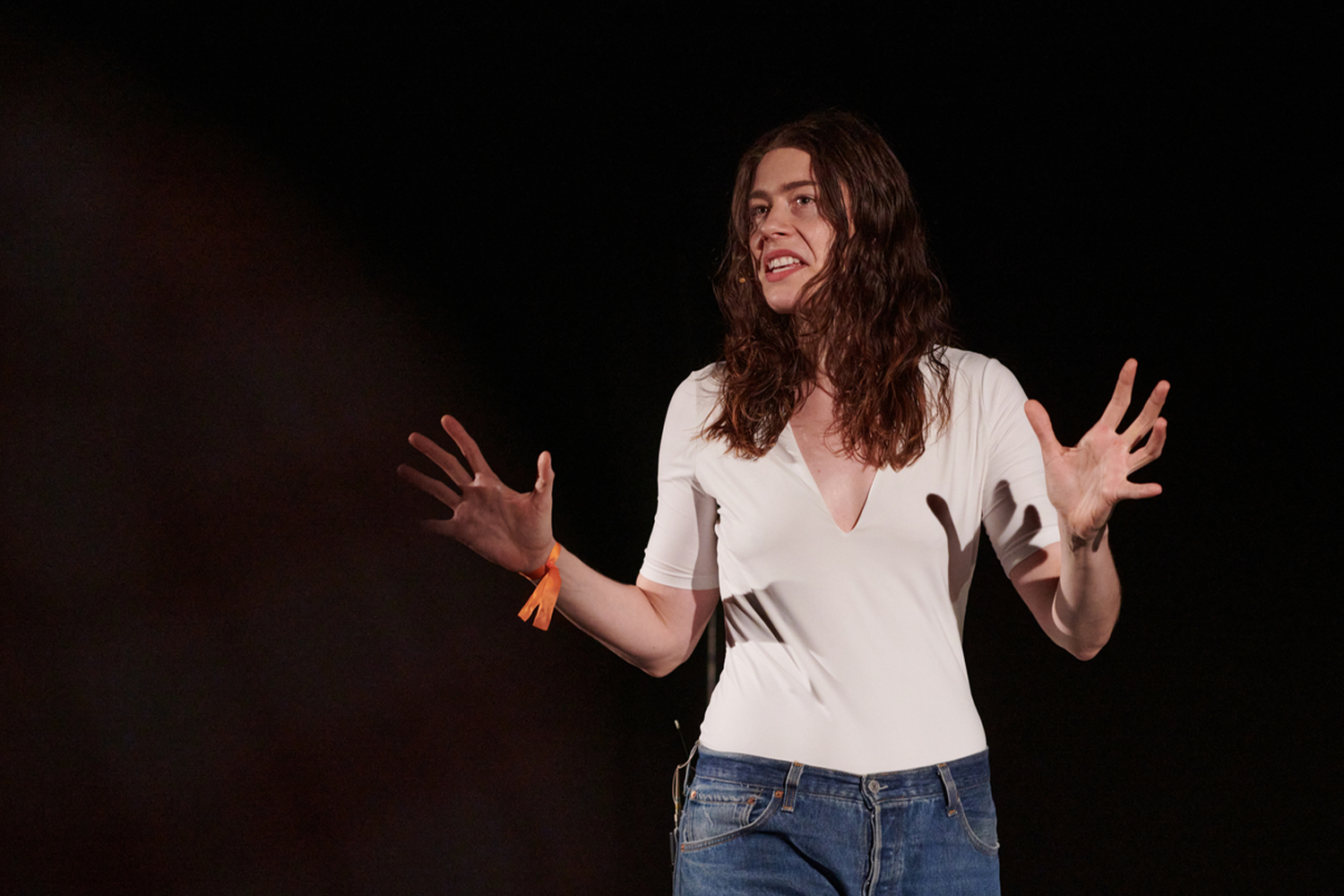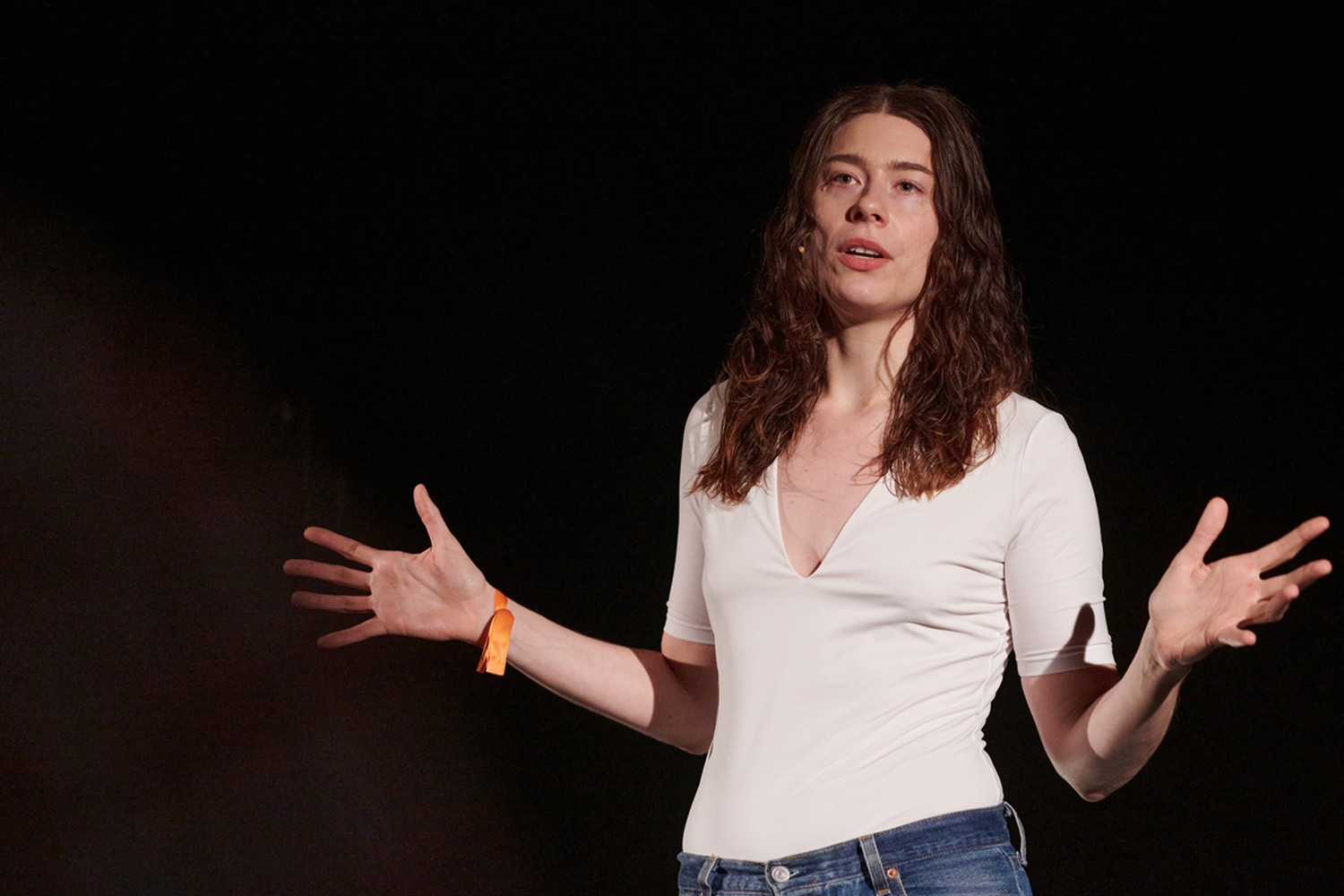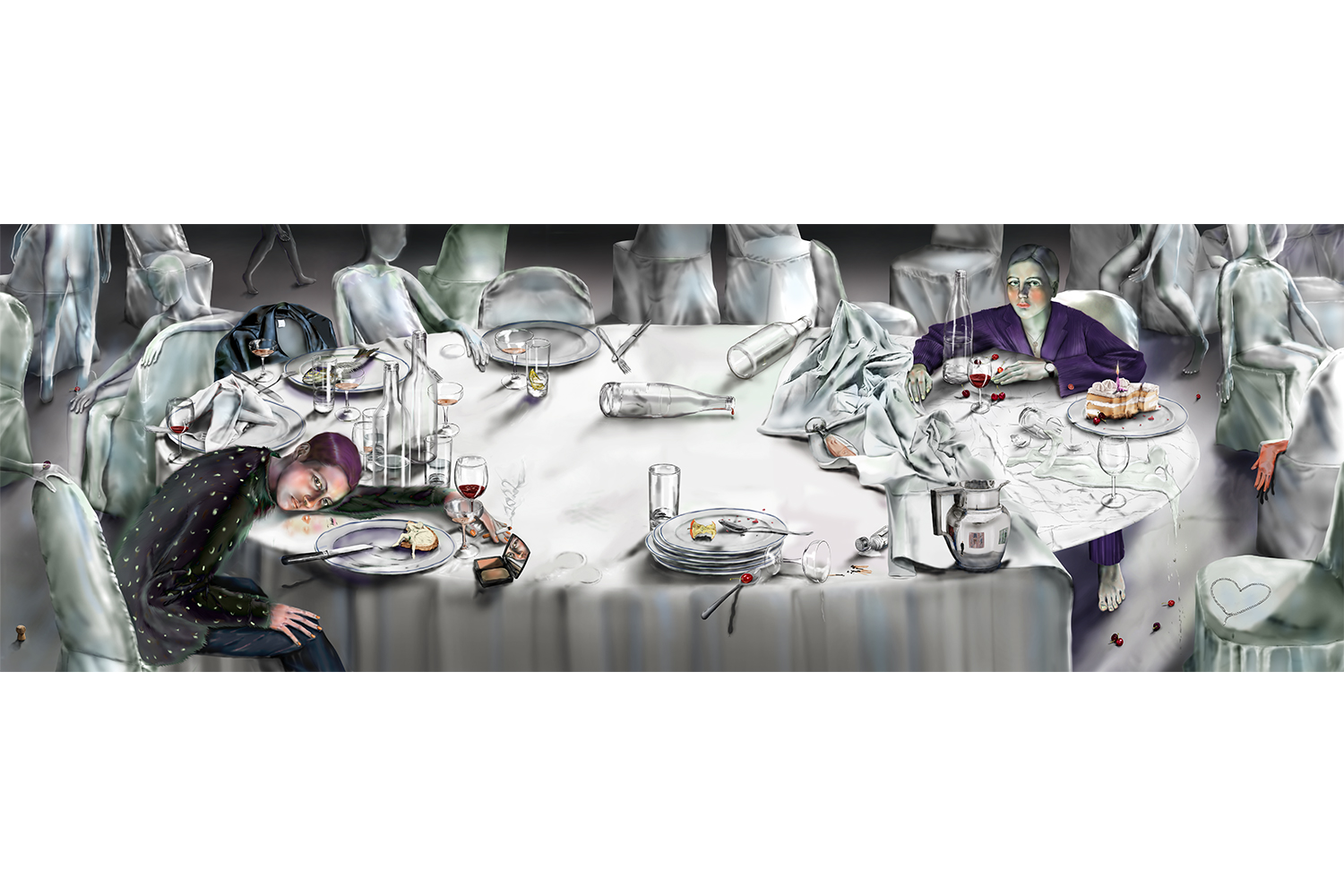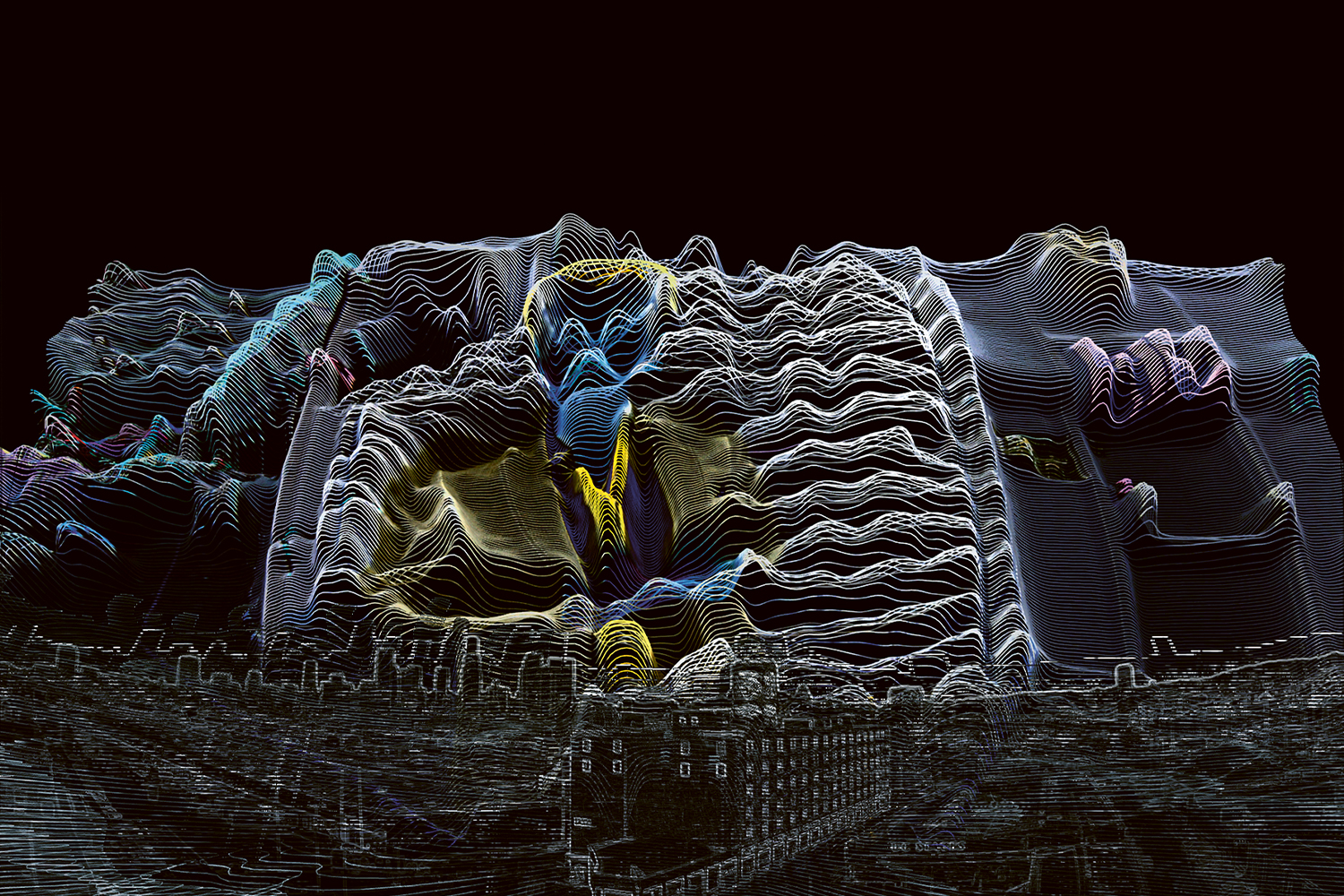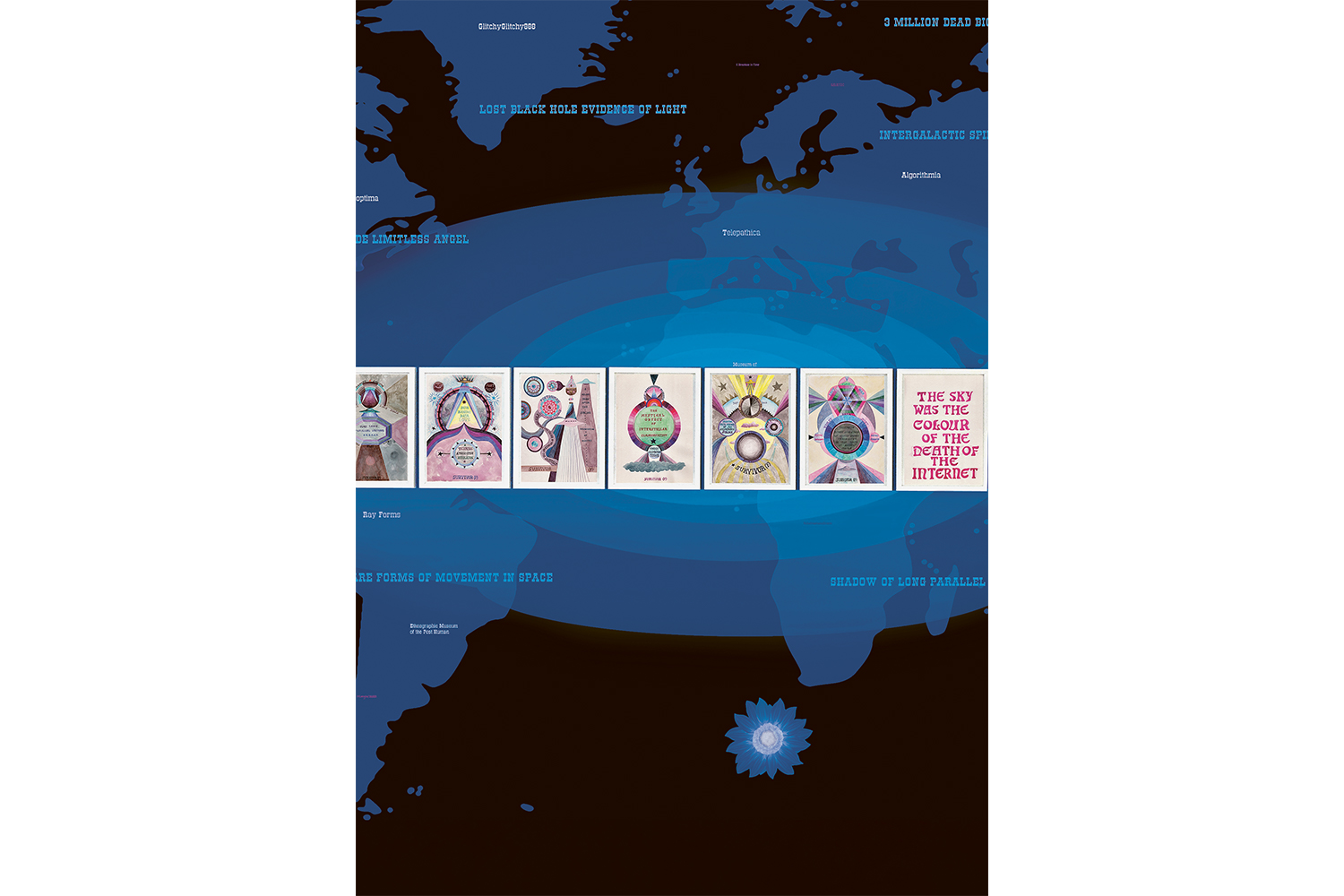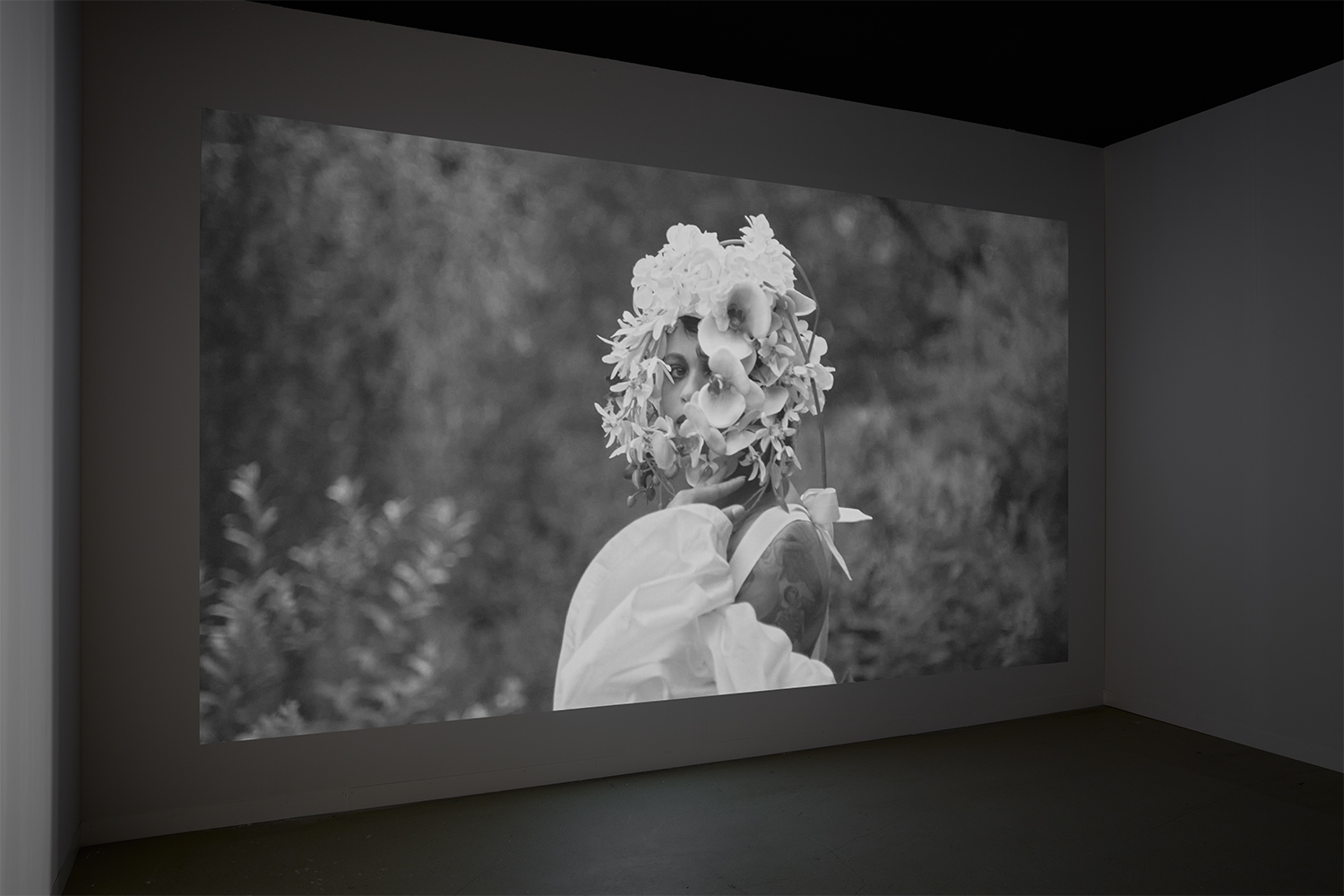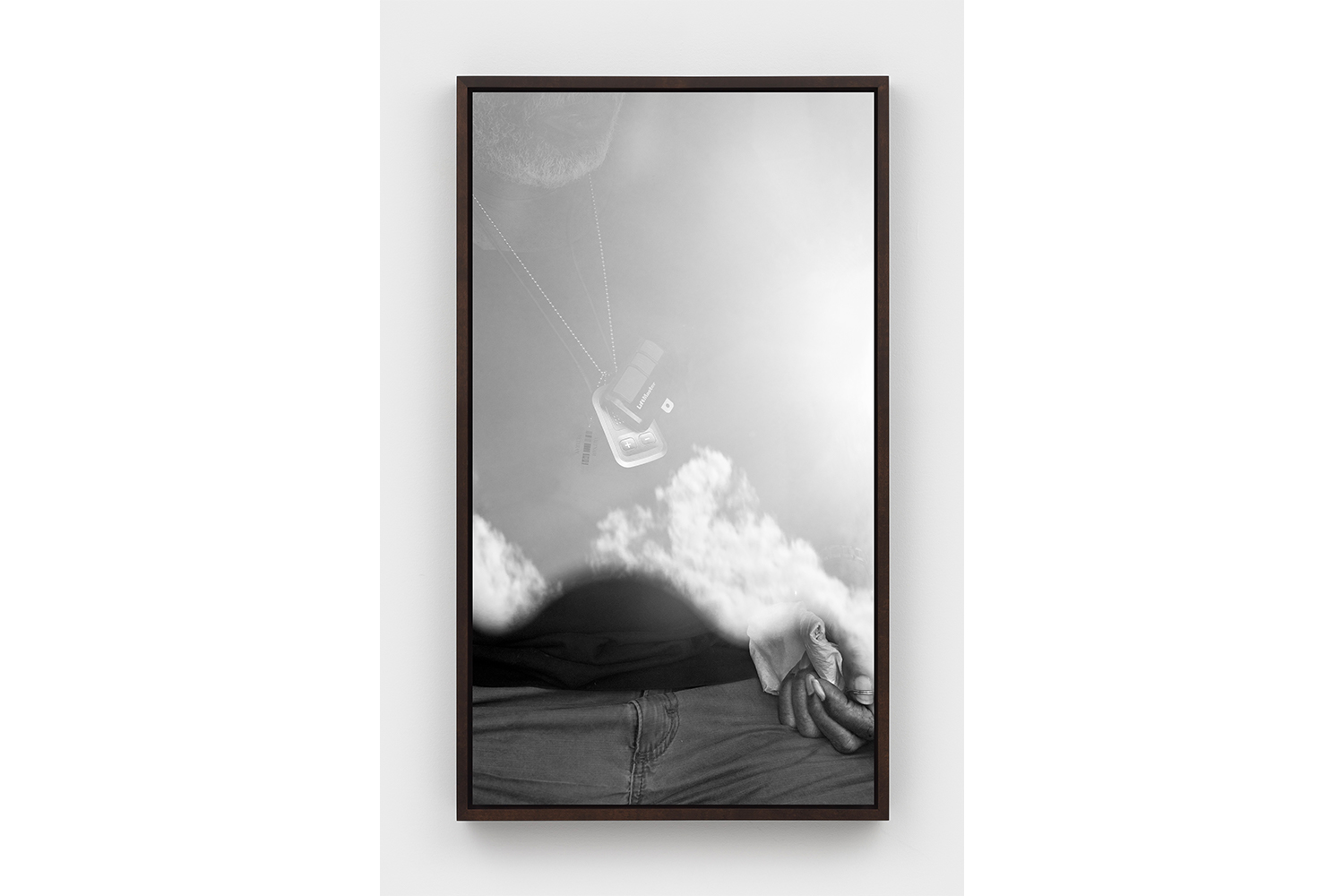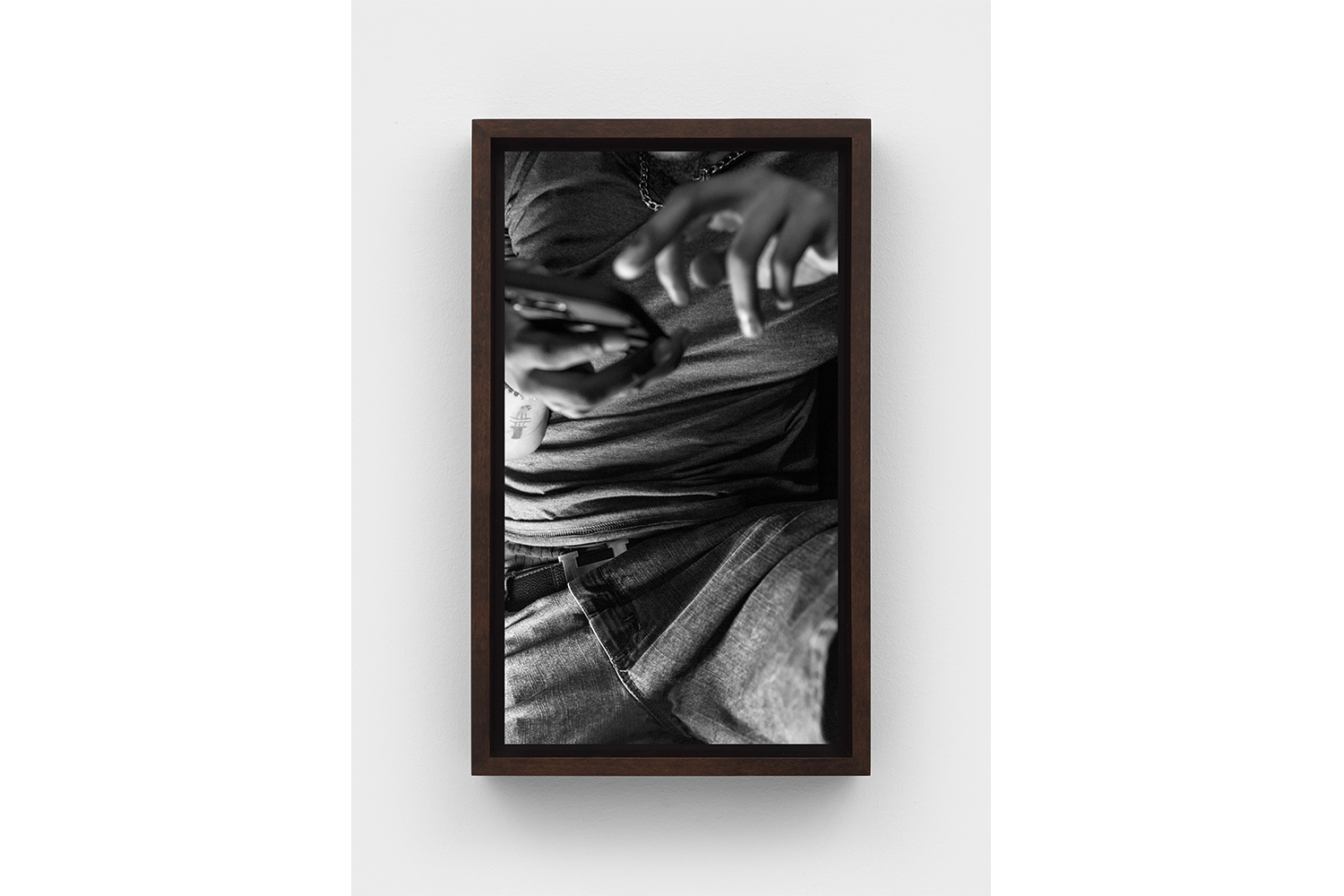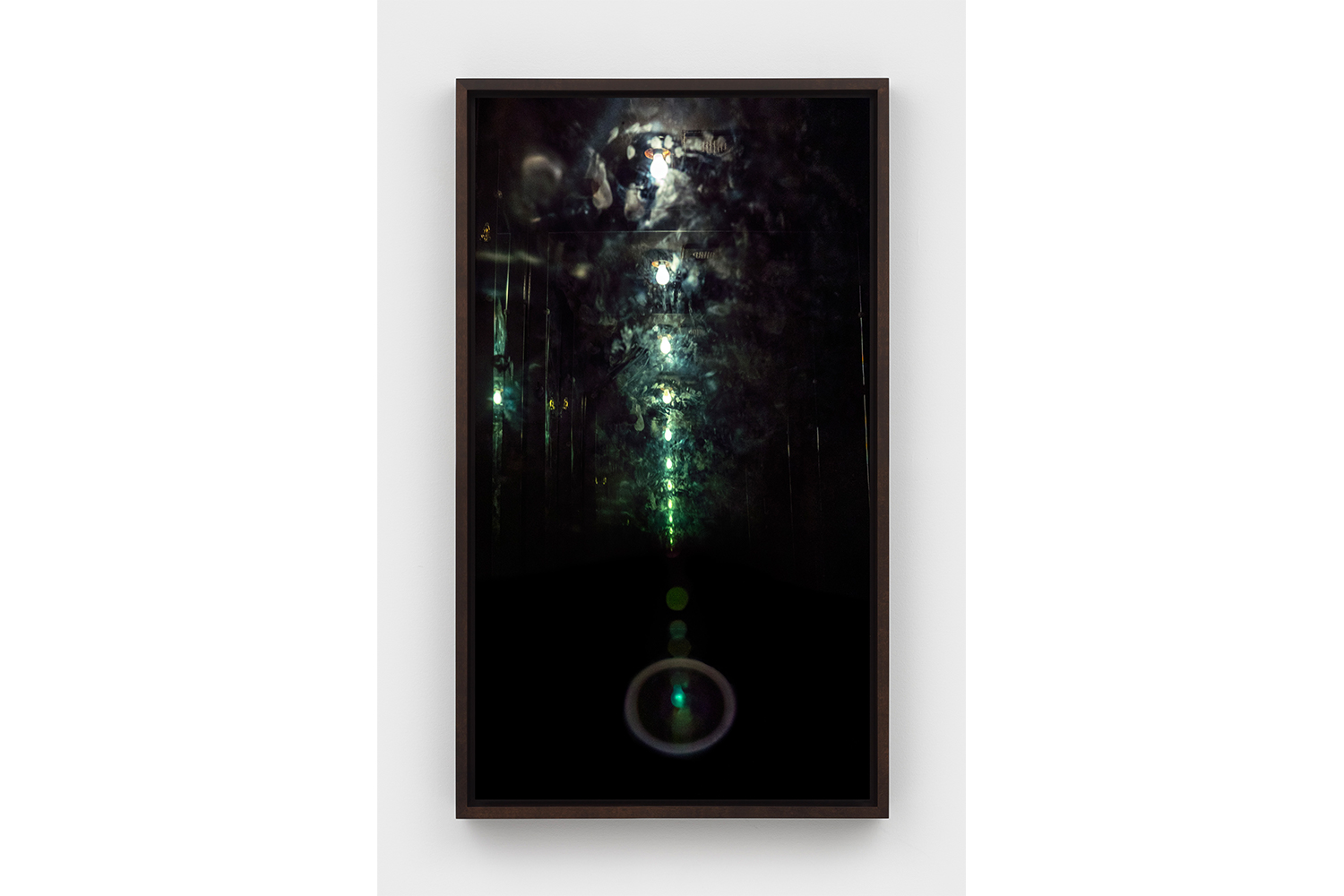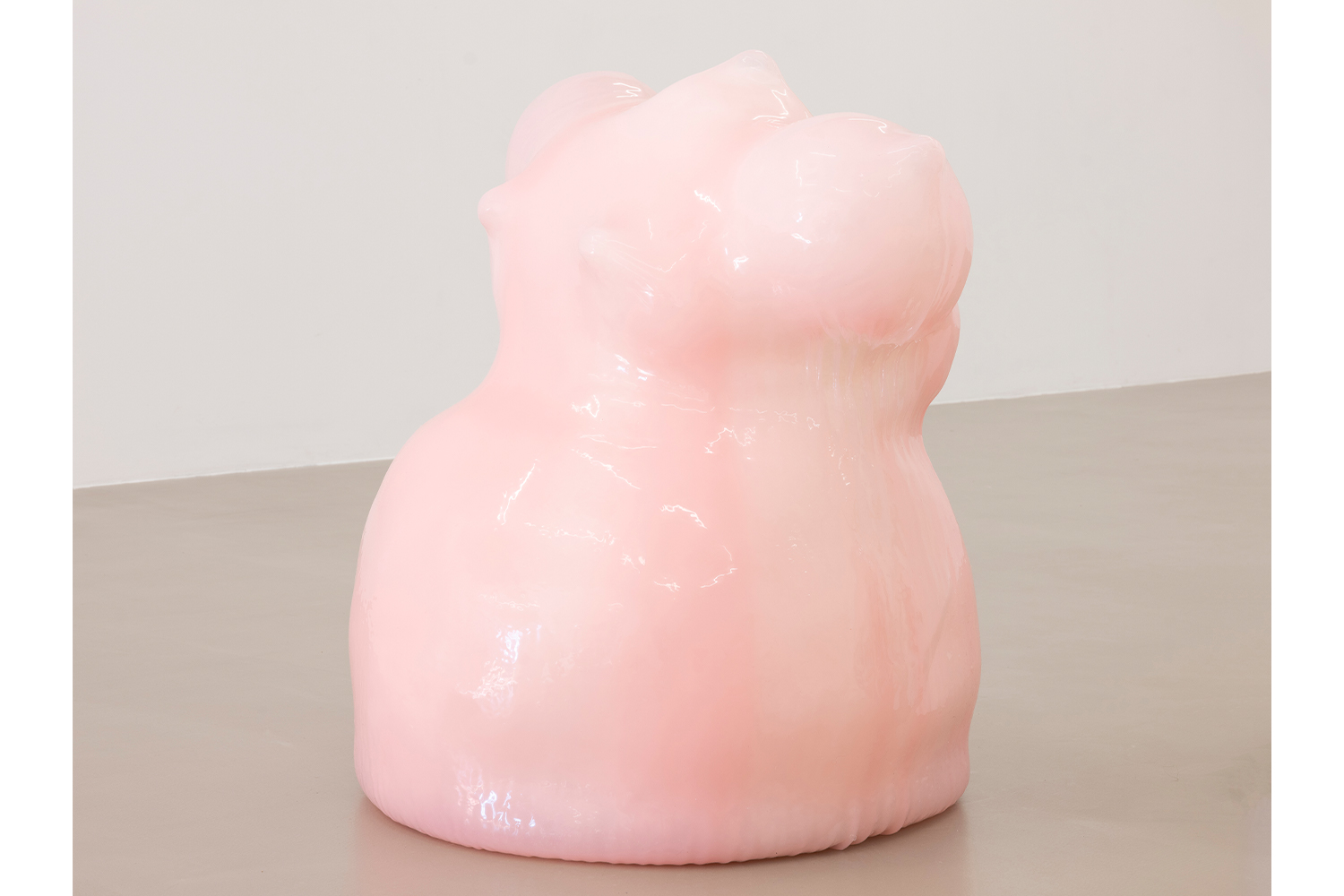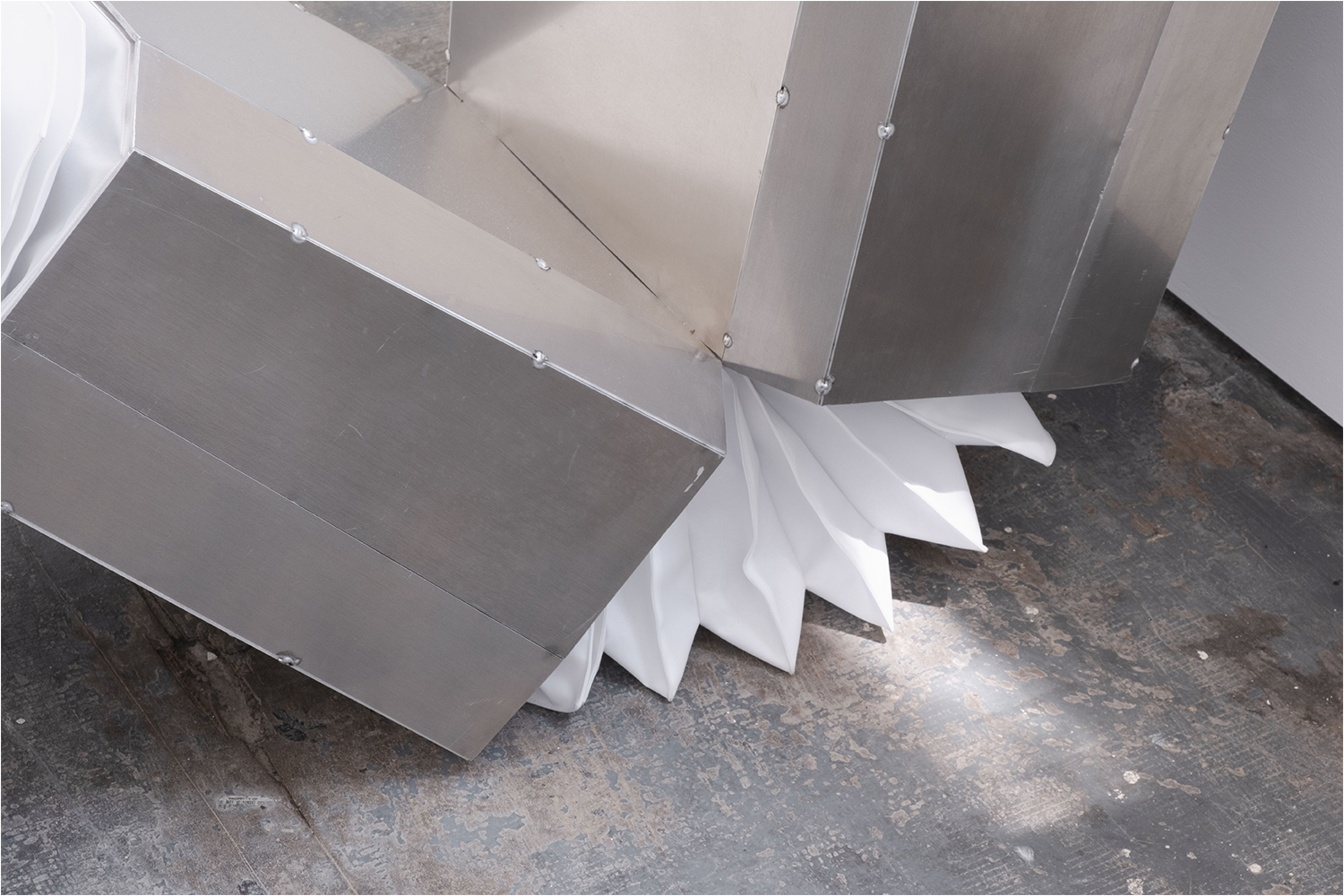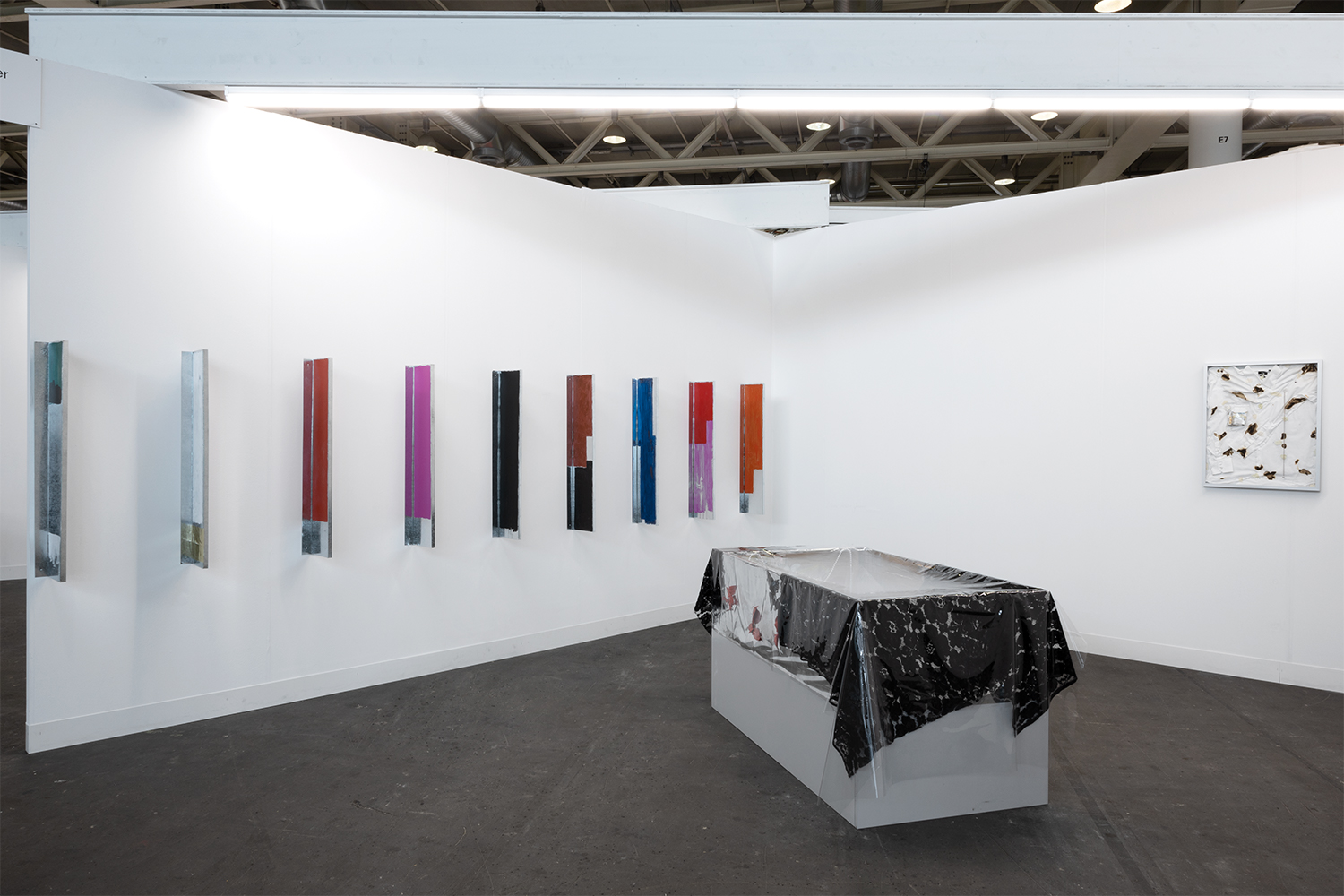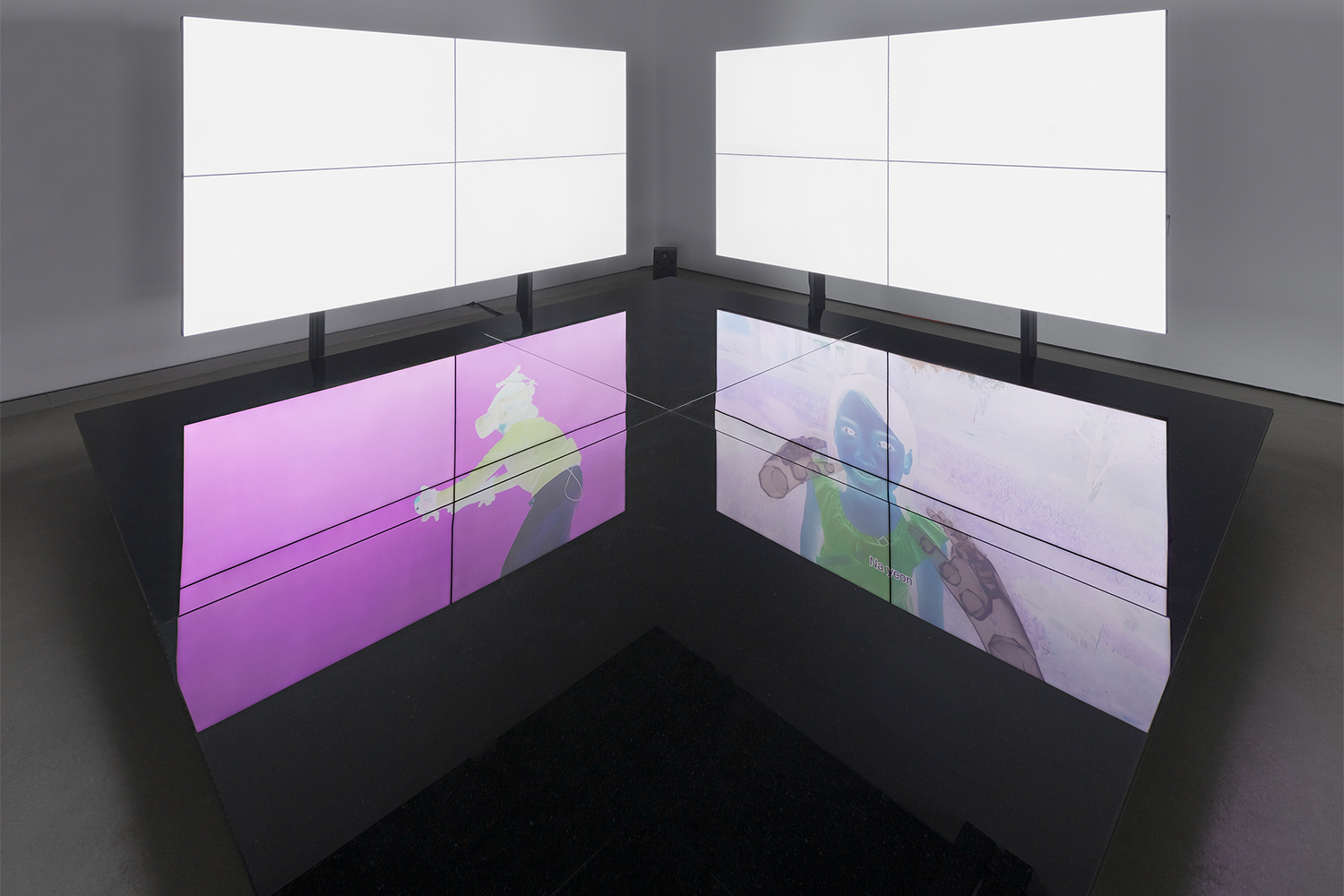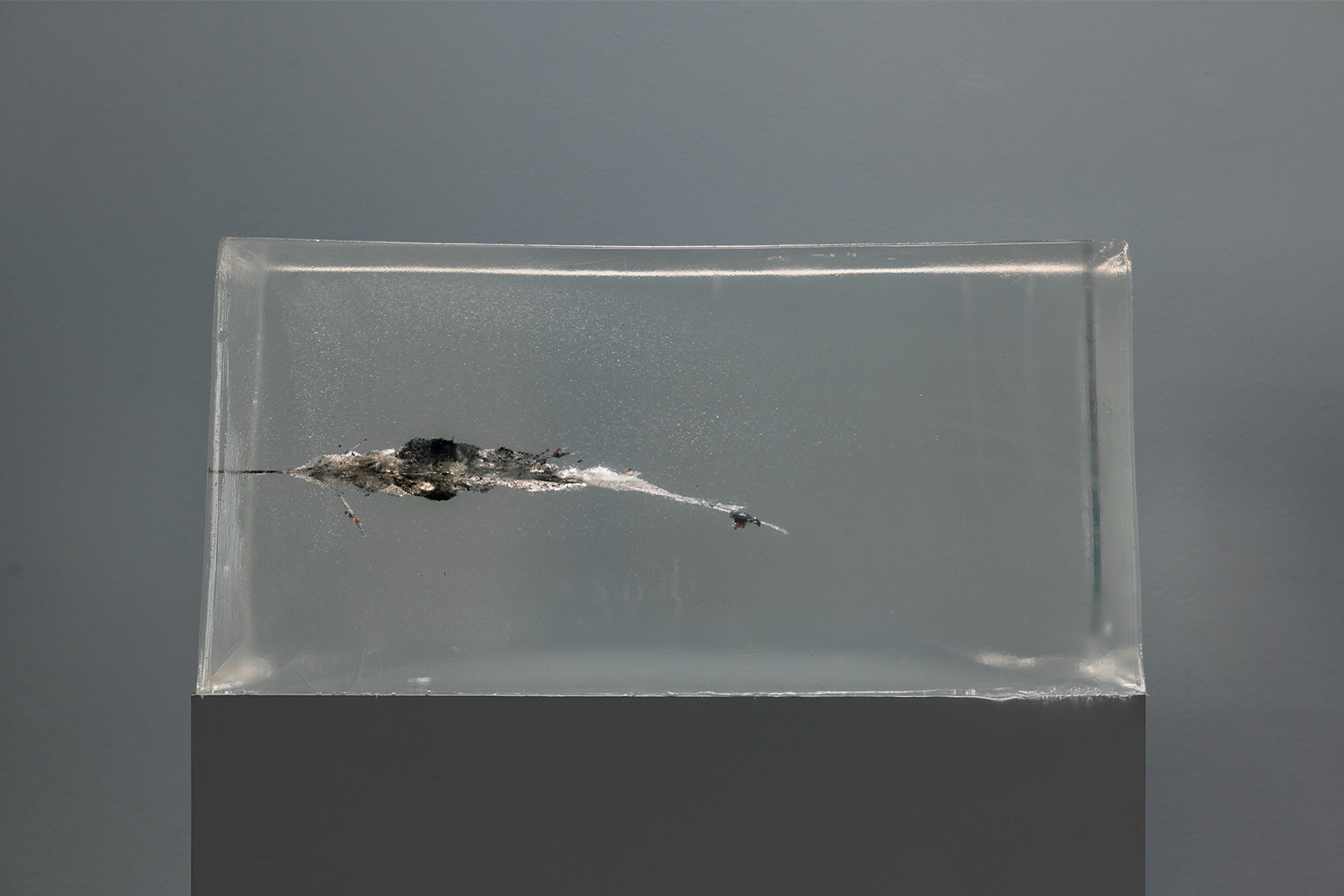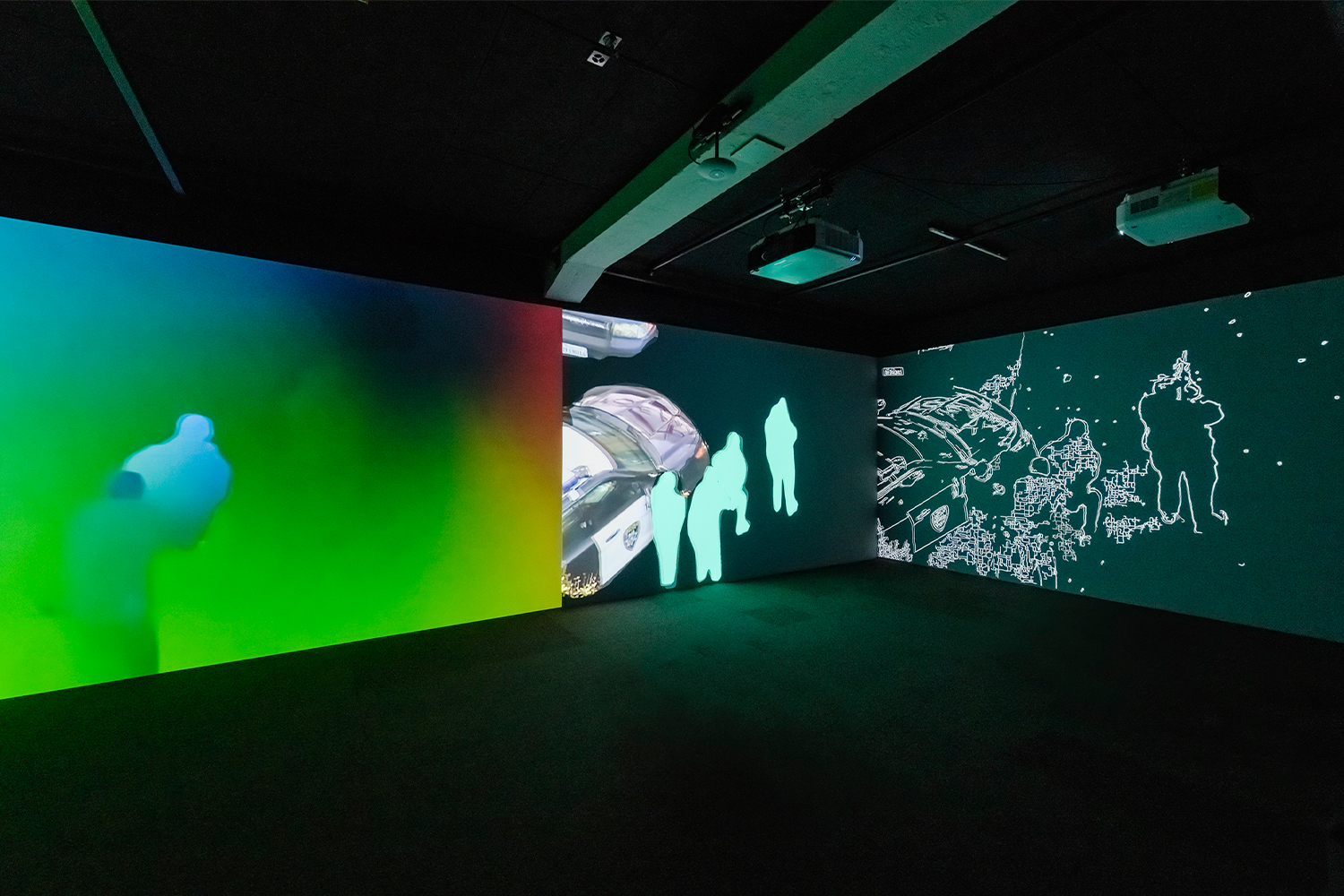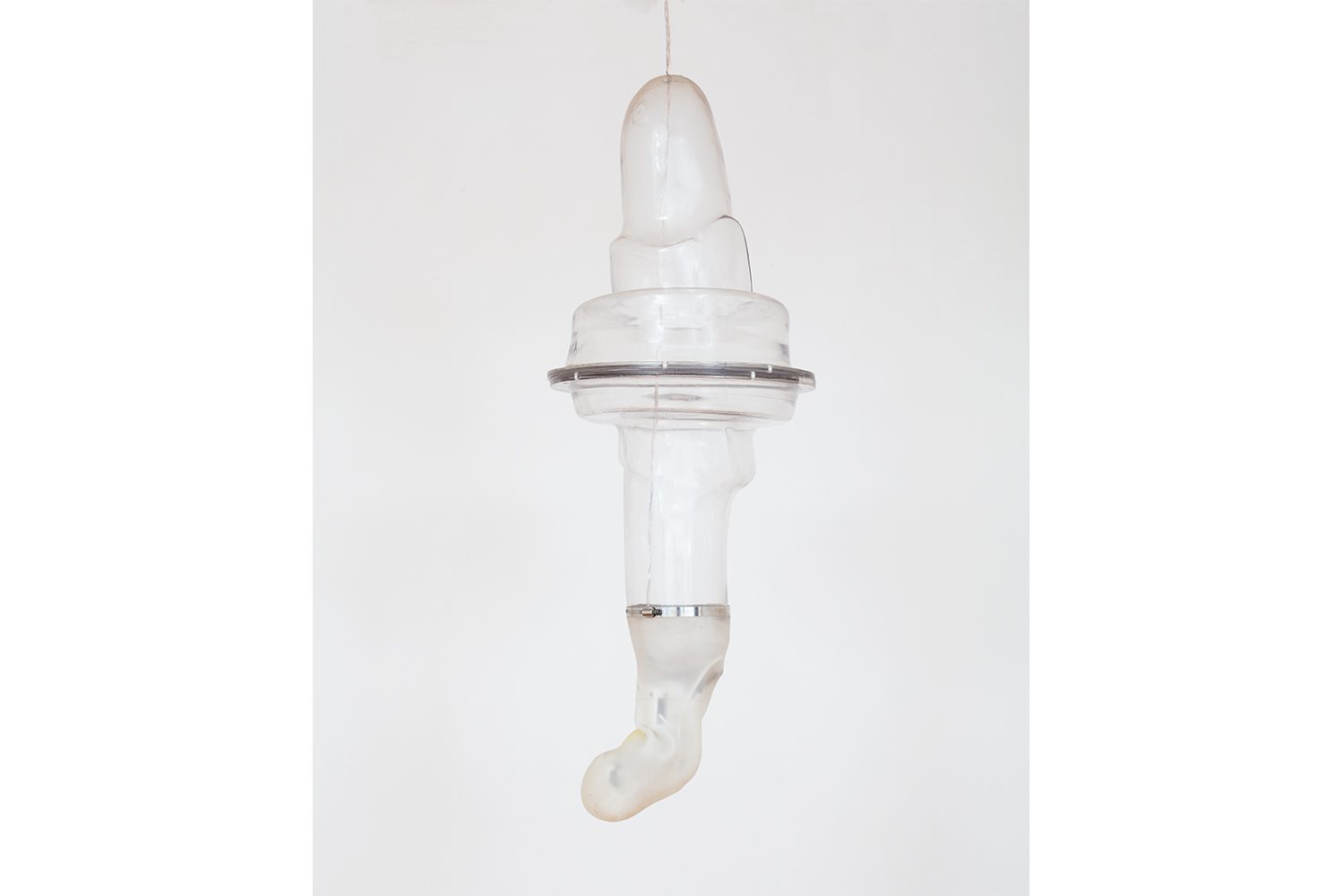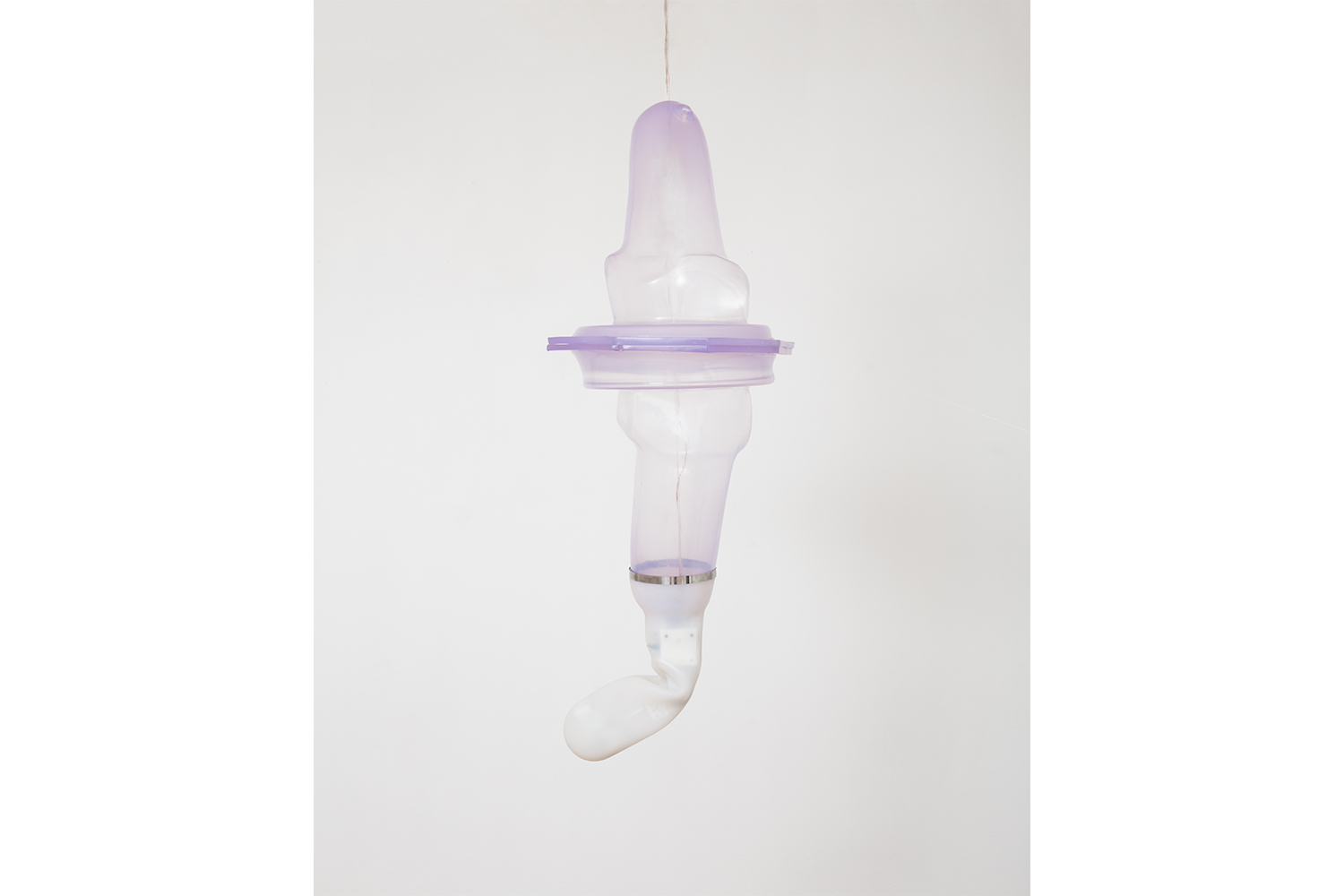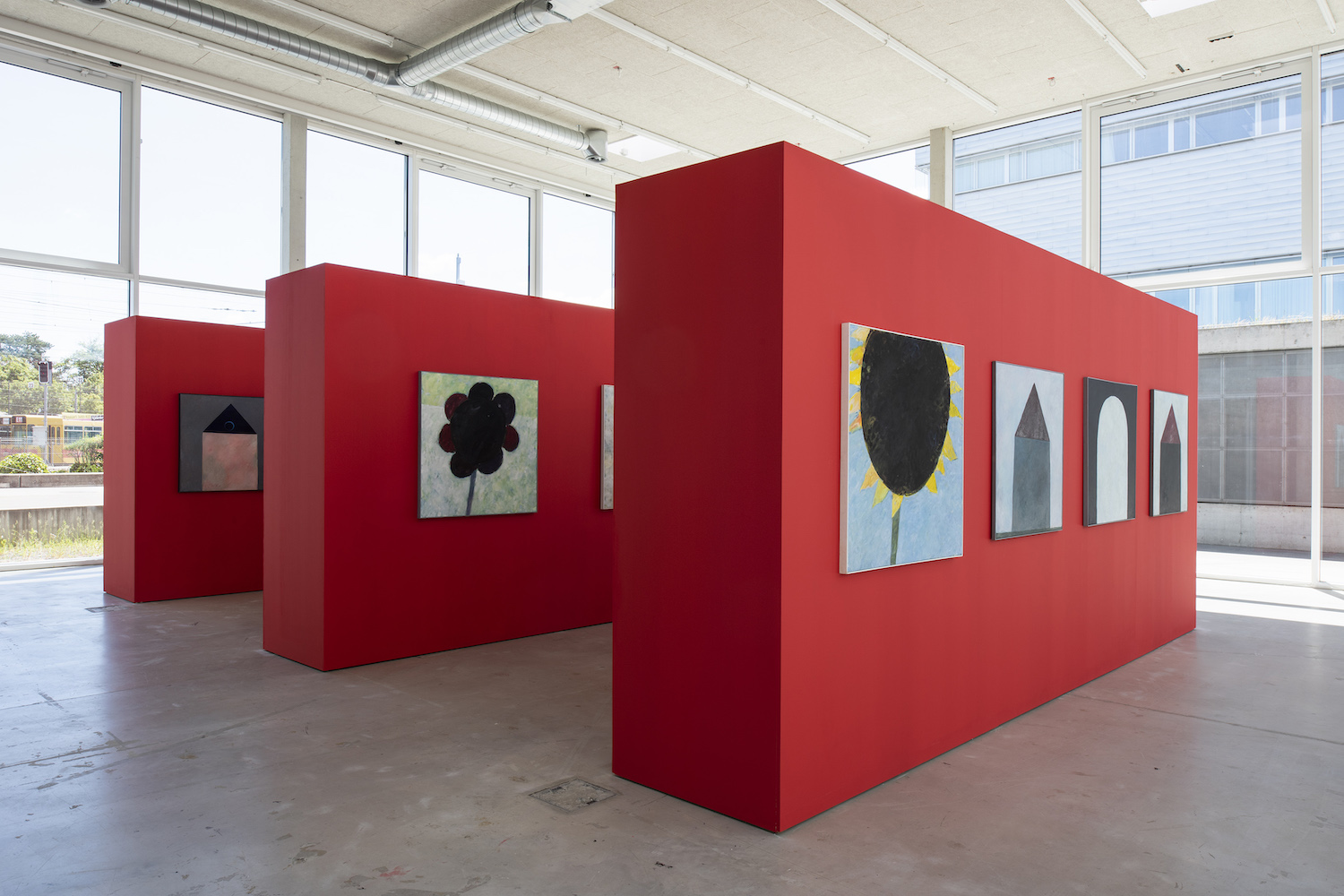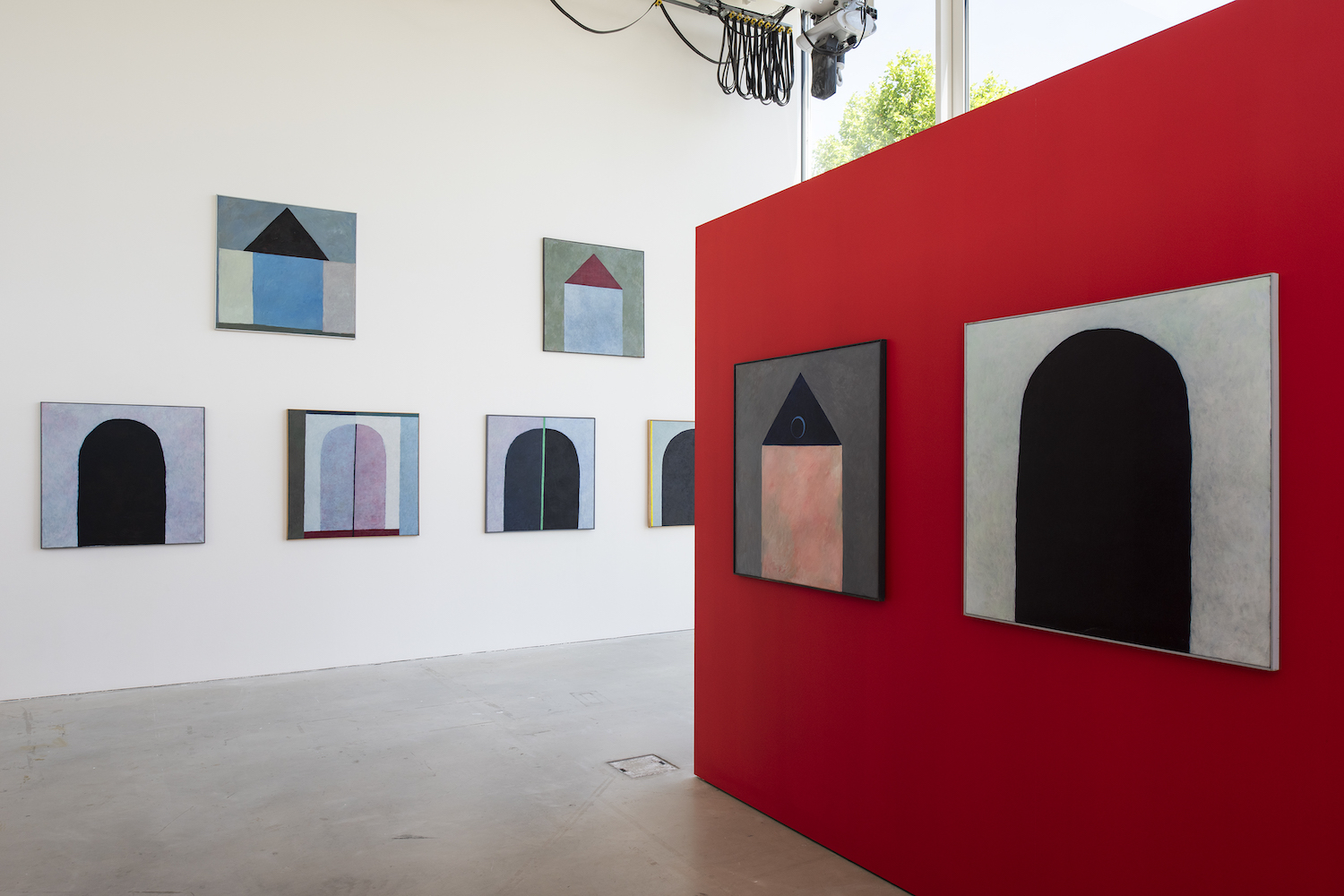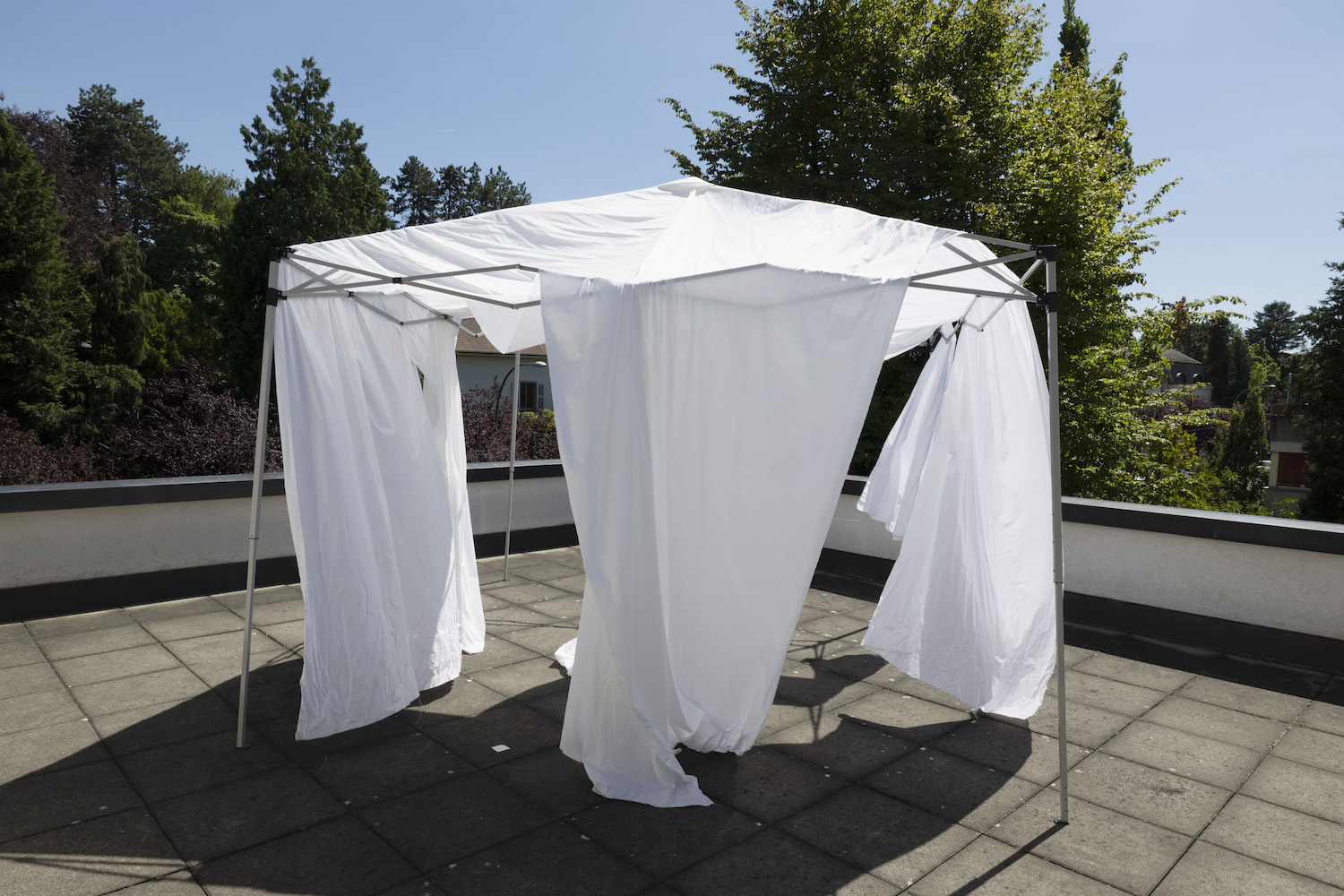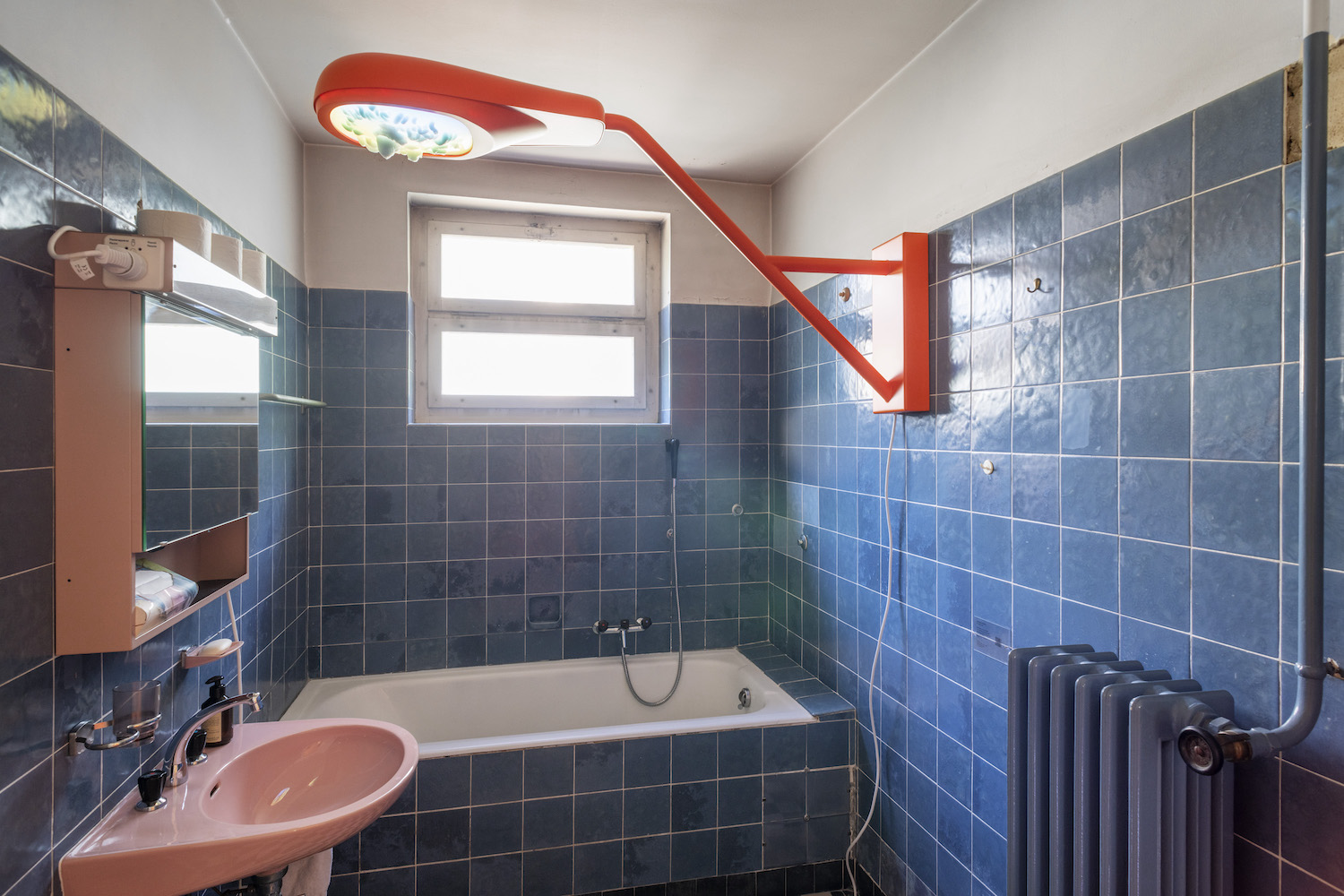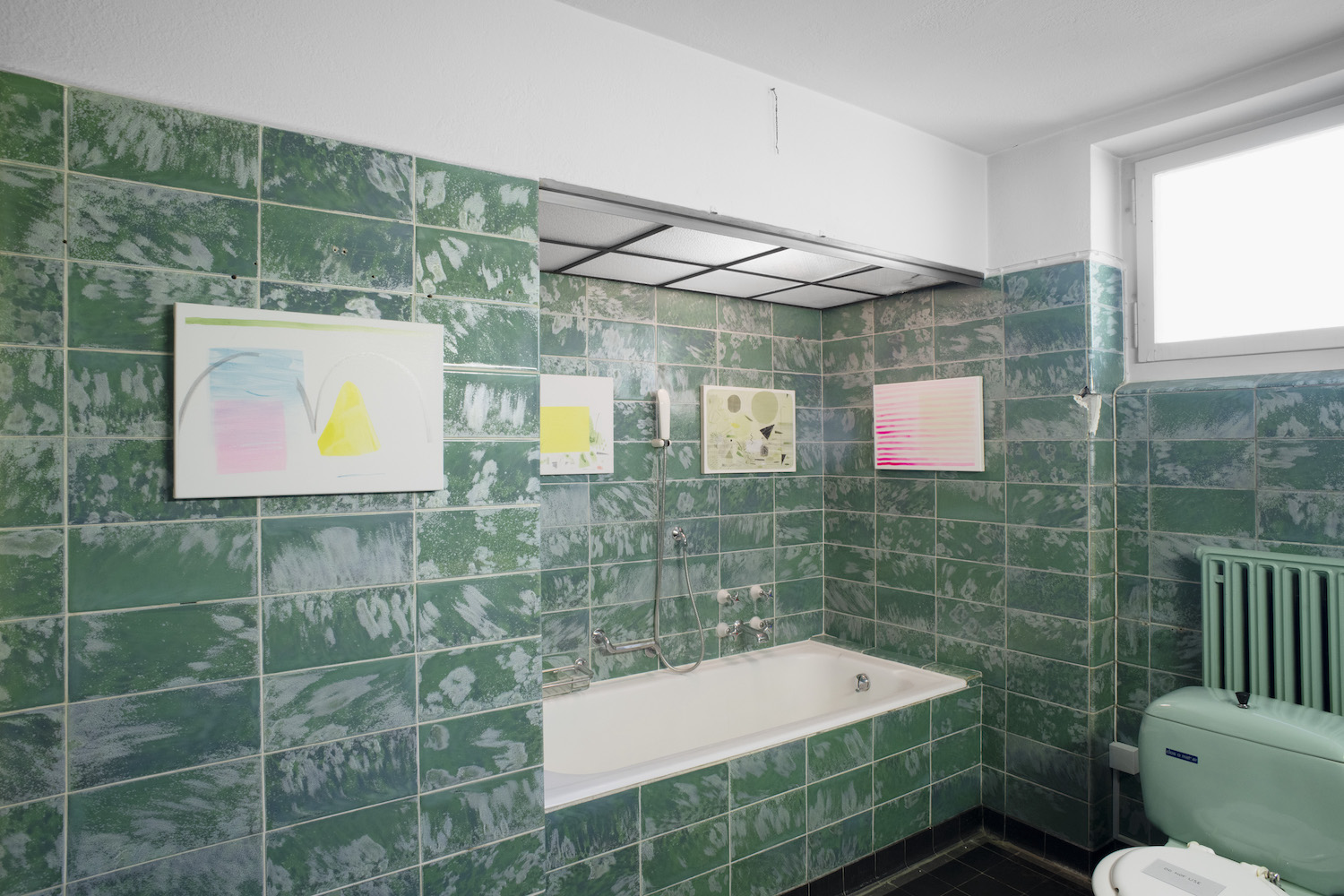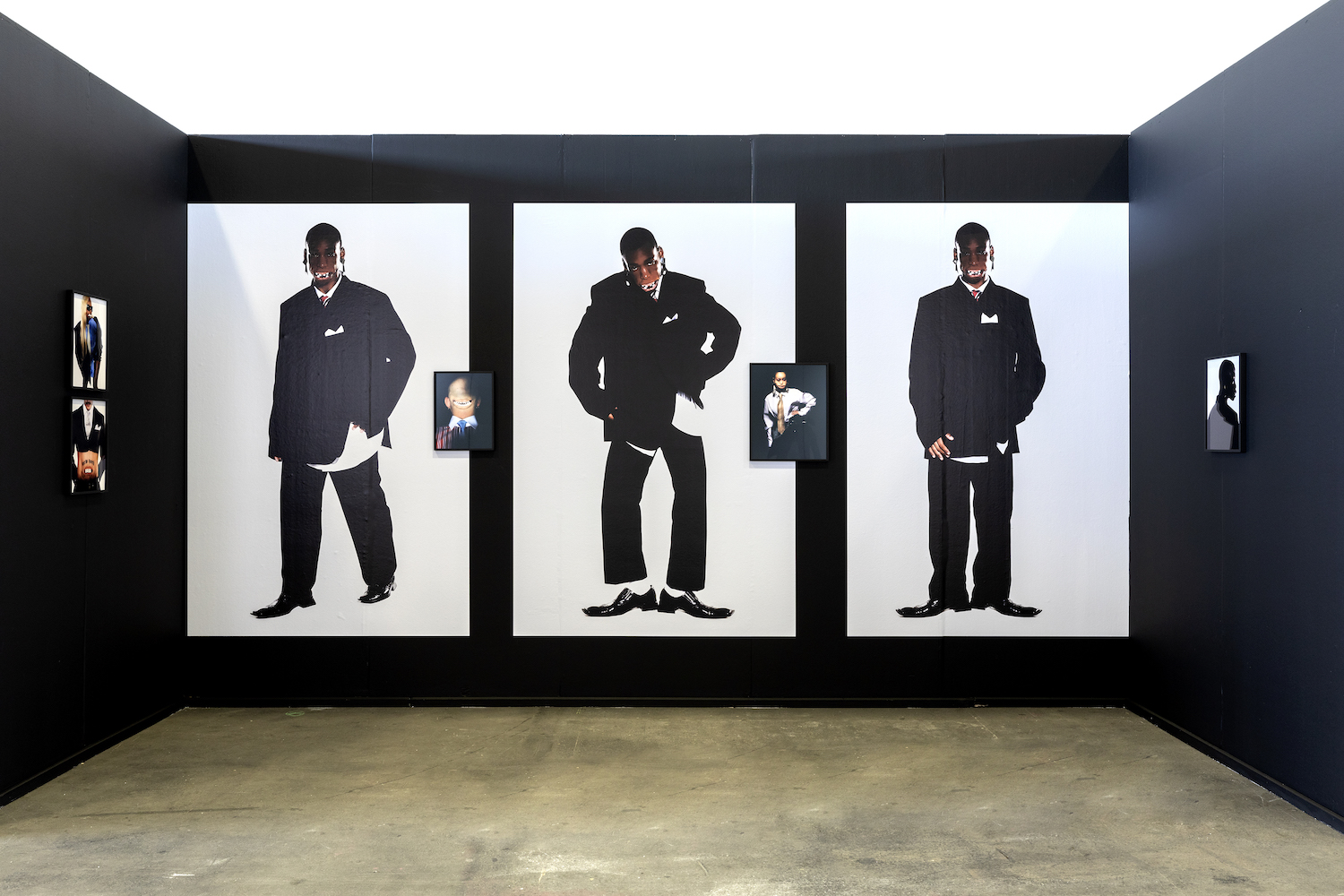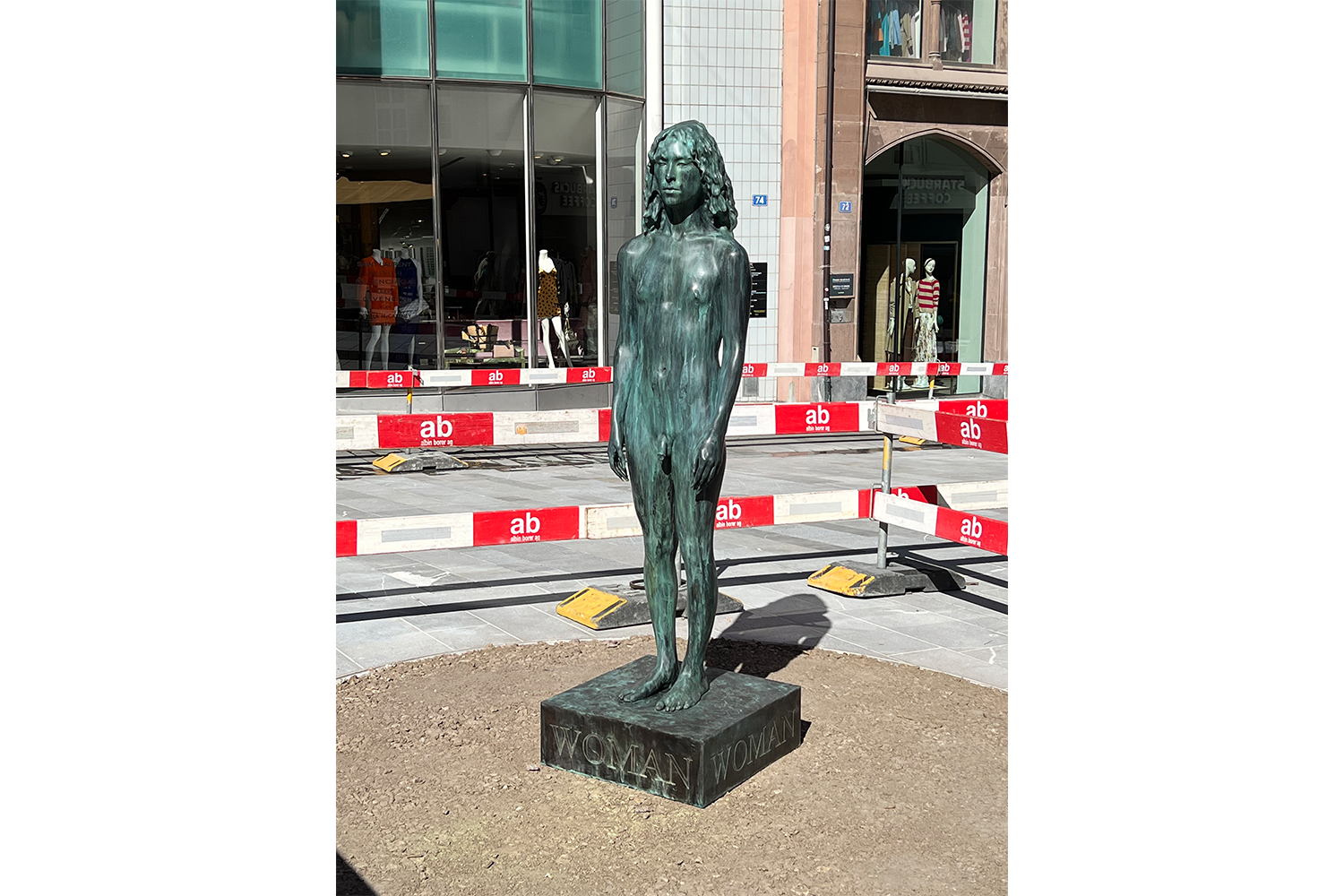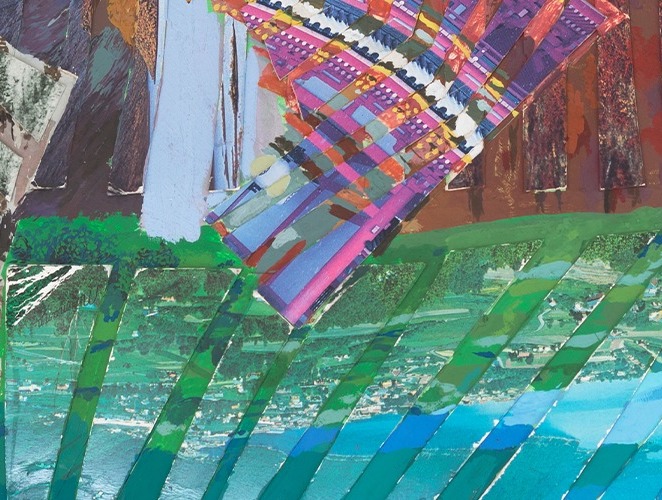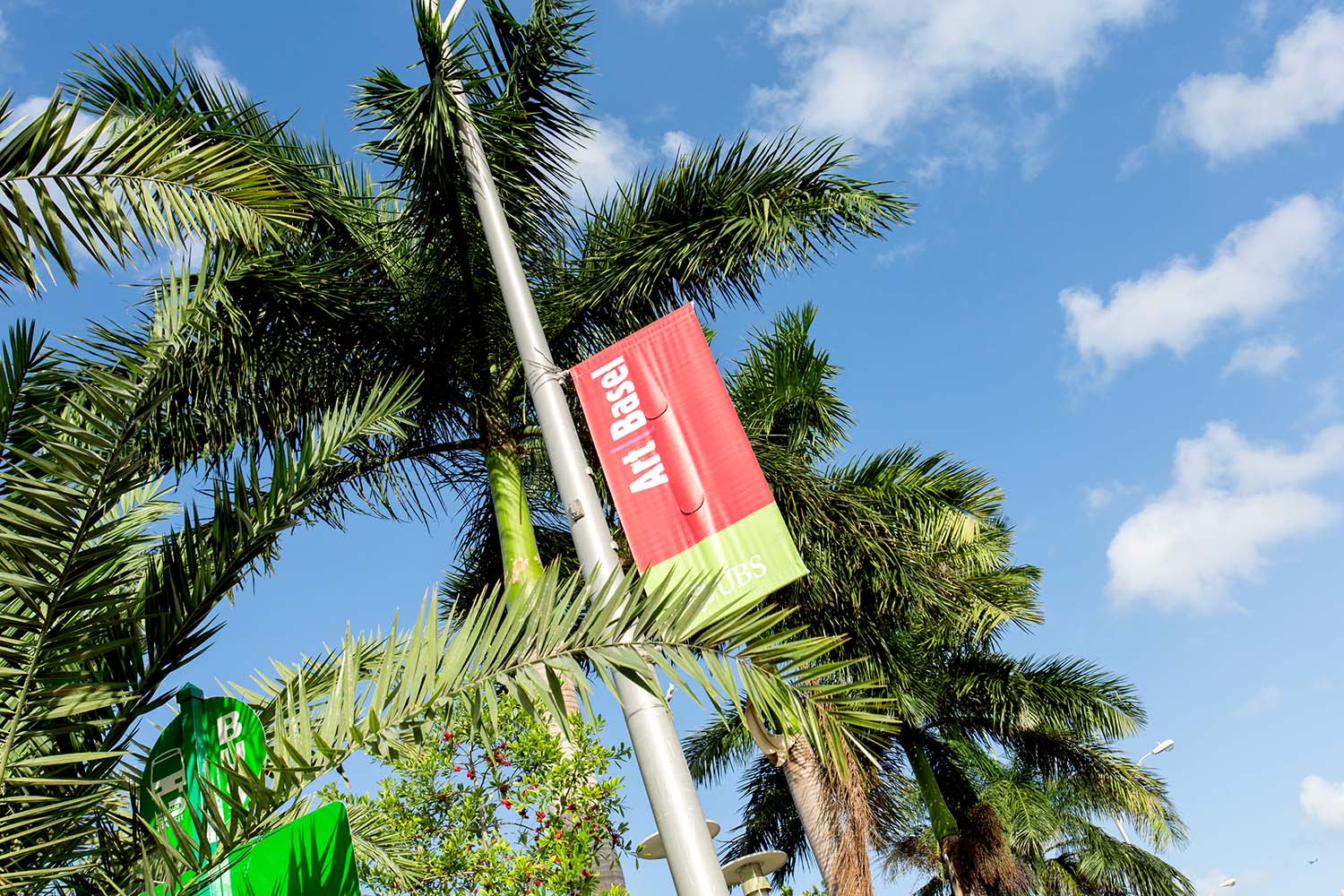It seems I am still a long way from regaining a sense of normalcy regarding the passage of time. The previous edition of Art Basel, only nine months ago, seems definitively distant: the restrictions, the manic control of sanitary devices, the urgency of the debate on the future of institutions. From the current vantage, it all seems rather archival. Still, it does seems reassuring that Art Basel has returned to its usual place on the space-time continuum, functioning as the glue for a host of other must-attend art events –– the Berlin Biennale, Documenta 15, plus art weeks in Zurich first and Athens later — even if, this time, the subject that most animated the Art Basel panel discussions was NFTs and collecting.
I think in the art world we are witnessing the kind of “vibe shift” that Allison P. Davis wrote about in New York magazine last February,1 although specific directions and developments are not yet clear. Apparently the erasure of culture is no longer an issue within the new vibe, nor is the culture war. Even social platforms are no longer all that relevant. Everything is collapsing — or at least thinking this is probably the closest we can come to a shared feeling about which we all feel confident. In that sense, the interrogative subtitle of Davis’s article, “Will any of us survive it?,” is prescient.
Nora Turato’s performance what is dead may never die (2022) during Unlimited Night (a new addition to this edition) perhaps echoed the shift. In a small, all-black room built specifically to accommodate her performative needs within the Unlimited sector of the fair, there was, after a while, a distinct lack of air. It was a reverse catharsis. Turato’s incredibly skillful use of gestures, mimicry, and vocal techniques –– some viewers even wondered if parts were prerecorded –– are the result of studying with a dialect coach four times a week for more than a year in preparation for “pool 5” recently staged at MoMA in New York. Her neurotic and obsessive scripts –– mashups of real conversations, articles, YouTube videos, advertisements, emails, marketing reports, captions taken from social media –– are like a cold verbal shower that tests one’s ability to understand. The many people lined up outside Turato’s black box for the three iterations of her performance confirmed that what is dead may never die was a highlight of the fair’s offerings.
Also notable in the Unlimited section were new commissions by Louisa Gagliardi and Marianna Simnett, as well as more-or-less recent productions by artists Raphaela Vogel, Leslie Thornton, Suzanne Treister, and Andra Ursuta. But it was in the Statements section that I found the brightest things. These included a new series by Tourmaline, winner of the prestigious Baloise Art Prize, comprised of photos taken at the Beverly Hills Hotel in Los Angeles and the Roberts House Ranch in Malibu, two buildings designed by Black architect Paul R. Williams in the 1940s, years when he could not reside there because of racial politics (Chapter NY, New York); a solo presentation of photographic UV-laminated archival inkjet prints mounted on Dibond by the talented Elliott Jerome Brown Jr (Nicelle Beauchene, New York); a unique pantone-green sculpture by Aria Dean, reflecting an ironic take on the legacy of Minimalism (Chateau Chatto, Los Angeles); Catalina Ouyang’s wooden body fragments (Lyles & King, New York); Dominique White’s reinterpretation of the Hydra myth (Veda, Florence); and Özgür Kar’s video installation (Édouard Montassut, Paris).
In Feature, the “Water Women” series (1975–ongoing) by Lynn Hershman Leeson (Altman Siegel, San Francisco, and Bridget Donahue, New York) deserves a mention; likewise solo booths dedicated to Laura Grisi (P420, Bologna), an Italian-Greek artist recently the subject of a major retrospective that will travel in July to MAMCO, Genève; and Ebecho Muslimova (Galerie Maria Bernheim, Zurich).
Witnessing that flurry of new productions (one of the main reasons not to miss Art Basel, at least for me), I thought back to Davis’s essay, to a passage in which she mentions Netflix and the sedentary nature of the pandemic. Attempting to describe what I saw at the fair, I might recast her observation this way: It was nice that everyone was sort of stagnant, watching the same trash on Instagram!
“Young” Fairs and Swiss Prize Winners
There is a lot of materiality and, more discreetly, a lot of painting at the Liste Art Fair. At the entrance it was hard to overlook Eva Fàbregas’s (Bombon Projects, Barcelona) sensuous sculptures. At first glance they look like glazed ceramic but are in fact made of silicone, making them very curious tactile objects. Other highlights included Zhang Xu Zhan’s stop-motion animation (Project Fulfill, Taipei); Ni Hao’s systemic mechanisms (Gallery Vacancy, Shanghai); Inga Danysz’s Sarcophagus 03 (Good Weather, Chicago); Sitara Abuzar Ghaznawi and Elene Chantladze’s two-person presentation (LC Queisser, Tbilisi); a fascinating dialogue between the works of Tosh Basco, Leyla Faye, and Troy Montes Michie (Company, New York); small mythological creatures in glazed ceramic by Siggi Sekira (Polansky, Prague/Brno); the stoneware assemblages of Sharif Farrag (François Ghebaly, Los Angeles); Viola Leddi’s ceramics and paintings (VIN VIN, Vienna); the table-top assemblage sculptures of Masaya Chiba (Bel Ami, Los Angeles); and Elise Corpataux’s pleasantly surprising small-format canvases whose borders protrude here and there from the frame (suns.works, Zurich).
Not far behind overall in terms of mediums presented was the June Art Fair, now in its third edition, which took place in a concrete bunker — a markedly more interesting setting than Liste’s cold display in the round. The former presented a selection that felt more timely despite its format and seemingly naive graphics. Eliza Douglas’s (VI, VII, Oslo) Untitled (2022), depicting Micky Mouse on a crumpled background, presumably a blue-and-white striped T-shirt, dialogued with two works by Jared Madere (also featured in an NFT version), who curated the “Westbam Earthdixie” exhibition for the NFT Juneart.io platform. Most of the works here, too, have a distinct leaning toward sculpture and a manic materialism, which is also perceptible in Tobias Bradford’s performative installation (Fabian Lang, Zurich); or in Sidsel Meineche Hansen’s sculptures (Christian Andersen, Copenhagen); and those of Jens Kothe (Down & Ross, New York).
Among the winners of the Kiefer Hablitzel | Göhner Art Prize I found a certain freshness in James Bantone’s photographic series Fool of the Month (2022), with its oddly dramatic wallpaper depicting three men with distorted faces. A distinctly different yet parallel aesthetic could be seen in Anjesa Dellova’s monochromatic triptych featuring caricatured male figures relating to an Albanian mourning ritual; or in Azize Ferizi’s curious painting in which grief and vulnerability are expressed in a monumental frontal female figure.
Alternatives to the Established Art Fair System
A Swiss performance vein is increasingly evident, in the exhibition settings mentioned earlier as well in the larger institutions. The Museum Tinguely has mounted a major exhibition dedicated to a regional history of performance, “BANG BANG: Translocal hi:stories of performance art,” with a documentary approach that will be activated by a series of live performances throughout the summer. There tends to be a desire to increasingly stretch the boundaries between purely market-driven, collector-friendly initiatives and a more heterogeneous and inclusive dialogue that can bring new energy. One example is BASEL SOCIAL CLUB, a nonprofit association founded last spring by a collective of artists, gallerists, and curators who were inspired by such historic institutions as the Arts Club in London or the National Arts Club in New York, which provide a context for professional exchange. Temporarily located at the Beverly Holz, a 1930s residential building that functions as an exhibition venue for galleries and artist projects, during Art Basel week the club hosted performances, working-class DJs (some of them also featured in the lineup of House of Mixed Emotions or H.O.M.E., the sporadic club night since 2011), and various moments of play, entertainment, dining, and dialogue.
Amid the whirlwind of people coming from Zurich or Berlin and then leaving for Kassel or Athens, I breathed in both more and less “life” in Basel; it was a bit like the high before and after a crash. After the euphoria of parties, music, and performance sessions wore off, the city was left to its more experimental territories. At HEK (House of Electronic Arts), Emmanuel Van der Auwera’s solo show “Seeing is Revealing,” which looks at the effect of technological devices as filters through which we perceive and view the world of images, is one of the most interesting and solid exhibitions of the season. Meanwhile der TANK, run by Chus Martínez, recently rediscovered Peter Klein’s narrative-free pictorial work that currently exists outside of the larger art system (at least until some enlightened gallerist decides to change that). Of the more institutional shows, the always daring Kunsthalle Basel presents Berenice Olmedo’s solo show “Hic et Nunc,” featuring a multitude of suspended motorized translucent sculptures that curve and twist. The forms, only seemingly serial, are derived from molds cast from amputated individuals. Downstairs, viewing Michael Armitage’s startling canvases, I felt a strange sense of vertigo — later relieved by the Picassos at the Kustmuseum Basel and the Mondrians at the Fondation Beyeler, which, as always, manage to reify themselves as the complex cornerstones of artistic research in twentieth-century Europe.
Just over a week has passed, and the controversy raised over the life-size bronze sculpture of a trans woman in the style of classical statuary by Puppies Puppies (Jade Guanaro Kuriki-Olivo) — a commission for Art Basel’s Parcours program, accompanied by a lecture-performance reprising Ana Mendieta’s Untitled (Rape) of 1973 — seems inconsequential compared to the U.S. Supreme Court’s abolition of abortion rights. Ultimately it was a fleeting dustup, quickly consumed on the web and social media in a frenzy of viral sharing that only faintly recalls 2020.

